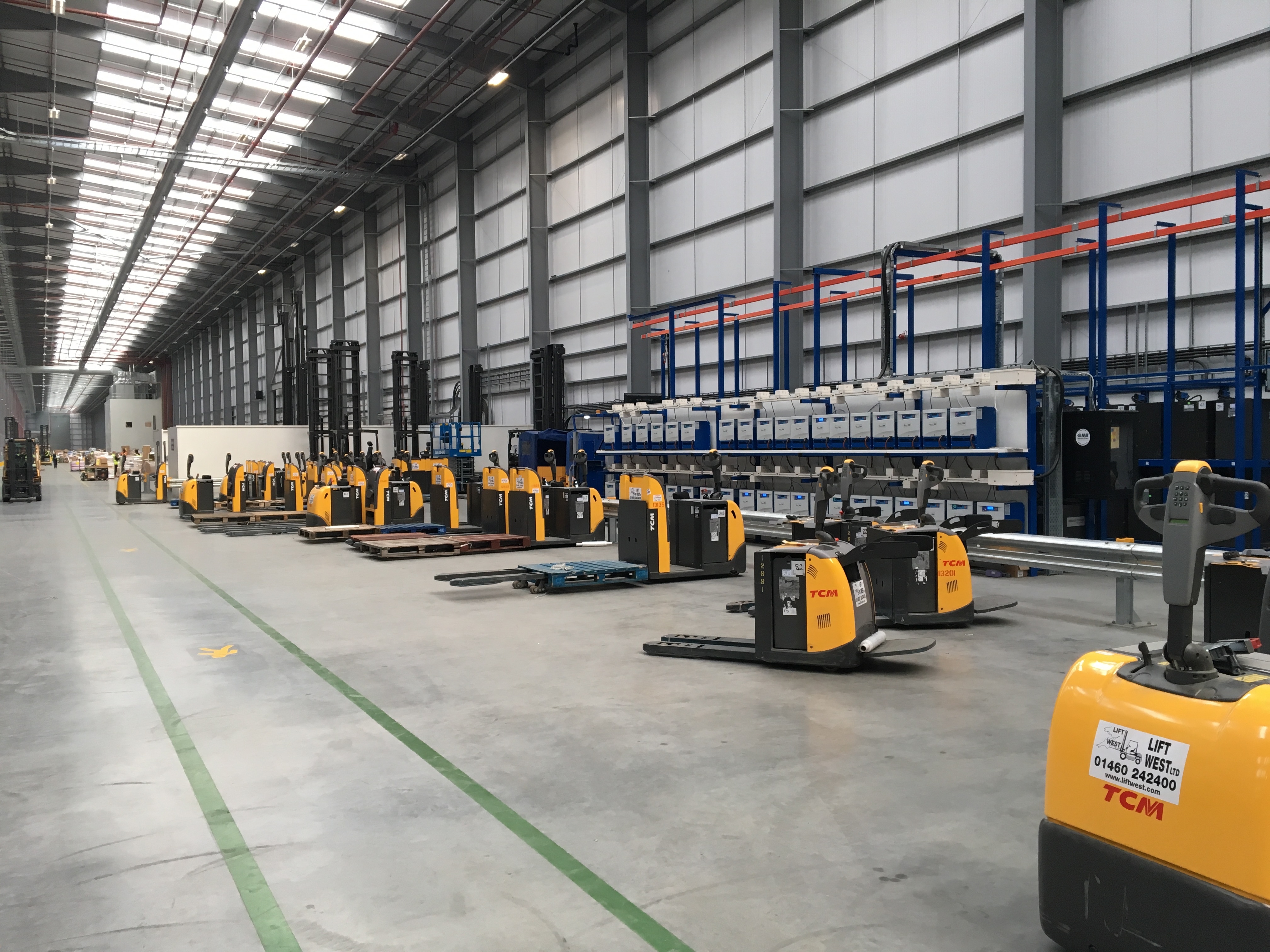1 min read
You Can Build a Business Case for an MES
Many manufacturers understand the benefit of an MES for their shop floor operations, but struggle to build a case for implementation. We offer three...

We’re a learning organization. We’re also a sharing one. We have a wealth of resources available to us as an entrepreneurial company that we share with customers and prospects. We have a company mission to help all manufacturers, regardless of size or industry, and we find that the smaller ones are sometimes the ones that need that extra boost – the information that might come through expensive analysts for the big guys.
This year, our entire learning program – from speeches to blogs to the sales process itself – is going to be all about the numbers. Your numbers. What you have, what you need, and what you want. Numbers that the industry has and how you can access it. Numbers that will help you identify problems and those that will give you an insight into possible issues in the future. This week, we’re talking cash.
We have a saying here at CIMx. We learned it from a long-time mentor who shared openly and bravely – the good, the bad, and even the ugly with us. We pass it forward. He always told us,
“All business is the same. It just looks different.”
Completely. By the by, he was the CEO and Chairman of the Board of a large chain of family-owned pizza restaurants, which one could argue, has nothing in common with manufacturing software. And you would be wrong.
Every manufacturing plant, whether you are fabricating, assembling, or just pick and shipping, has the same, basic underpinnings. You have one or more proven processes that you use to do your work. You assign people to the work. You get paid in advance or arrears by your customers and you are somewhat reliant on the commodities that make up what you produce, whether that’s raw materials, parts, or stock items for resale.
From there, everything is different. Your processes are very specifically built to produce what you need when you need it. And we’ve seen a lot of these really tailored for the specific work and workforce, even to account for (or build around) inherent weaknesses and threats.
You have different reporting requirements and structures. Some of you have very specific measures and metrics that you must provide to your customer base, including the specifics of how you made the products you ship them. I’m thinking here of customers of ours that have to test 100% of the items they make and record tolerances on each.
You have different structures for your shop floor and how the work moves around. Some of you move work very methodically from one side of the plant floor to the other and others have armies of material handlers that move jobs from one work center to another or, even, from partially completed inventory stocks back and forth to production steps.
No matter how you operate your shop, you need cash. It’s the lifeblood of your organization, no matter what you do. Without it, you can certainly access credit, but that takes its own toll on cash as you pay it back down and you’re right back to the number one metric we know.
I talked last week about my daily cash report. It’s the current cash in each of our accounts, minus any outstanding balance on a line of credit. The numbers are recorded on a daily metrics sheet individually. The net amount is both recorded and then reported to me. I do not care if you have $5,000 or $5,000,000 dollars cash (although one of those is preferable for certain) – you need to know what that is. Daily.
You will quickly start to see a pattern emerge. You will know where you expect cash to be. You will know how much of a dip you should see when payroll hits. You will begin to feel the beginning and end of the month and quarter numbers. It just happens. A daily record of cash does this. Reported less often – I’m thinking one of you at least is going to say “that’s great, I’ll do that on Fridays” – and you miss this completely. It must be daily.
I’m also looking for a trailing number here. We do trailing, rolling 30 days on cash – longer periods on other metrics. What the heck is that and how do you calculate it? Begin with an Excel sheet and record your monthly cash daily. At the 30th day on the record, add up the previous 30 data points and divide by 30. This will give you an average for the 30 days.

Continue this each day. So, for instance, on the 31st day, you would add up the values in the 2nd through the 31st cells and divide by 30. And so on. By looking 30 days at a time, you know that if the number tracks either up or down, it is a pattern over 30 days, not just a one-time blip in data.
Said differently, you are looking to see a trendline, any trendline, that matters. And I usually don’t make business decisions based on a single data point. A data point that’s been calculated over 30 days' time, however, has more meaning for me.
So that’s the trailing part. You’ve got a view of the trailing numbers for each day, going back 30 days. For us, this lives on the right-hand side of the daily cash sheet. Now, how do we get it to roll forward and be meaningful?
Rolling it forward is easy. Extend the column where you calculate the 30-day average until you get to zero. This will tell you how many days’ cash you have on-hand based on your current run rate of cash. You can run it through year-end and it will even tell you, if you never took in another dollar, how long you could exist through use of the credit lines you currently have available. This is where the negative number equals the maximum draw you can make.
Now, make it your own. Based on your particular close rate on sales and the pattern of when customers pay you (net 30 or 6 months), you need to choose how many months of cash you feel is the minimum (that is important) that you are willing to accept before you take action. For us, that number has never been lower than 2.6 months, but generally, we want greater than 3.
We’ve based this on our own closure, invoicing, and payment patterns. You choose yours. If you really want to make it actionable, you may want to create a trailing, rolling 30-day pattern on the months’ cash you carry. Now, you’re way ahead in knowing how your business will perform this year. Let’s make it a great one, as you’re well on your way to knowing your numbers.
Stay tuned to learn more ways to watch your important numbers and stay on track for a successful, profitable year. And if you would like to get started accurately tracking your manufacturing metrics and getting a true picture of your shop's performance, we are always available at info@cimx.com.
Contact CIMx Software to see how a Manufacturing Execution System can improve production control for you.

1 min read
Many manufacturers understand the benefit of an MES for their shop floor operations, but struggle to build a case for implementation. We offer three...

We’ve talked before about decision methodology. In brief, the theory we follow for manufacturers is that to stay competitive, you must always make...

How to Succeed in Global Manufacturing Let’s be frank, most of your customers can’t tell the difference between your plant and the next job shop on...